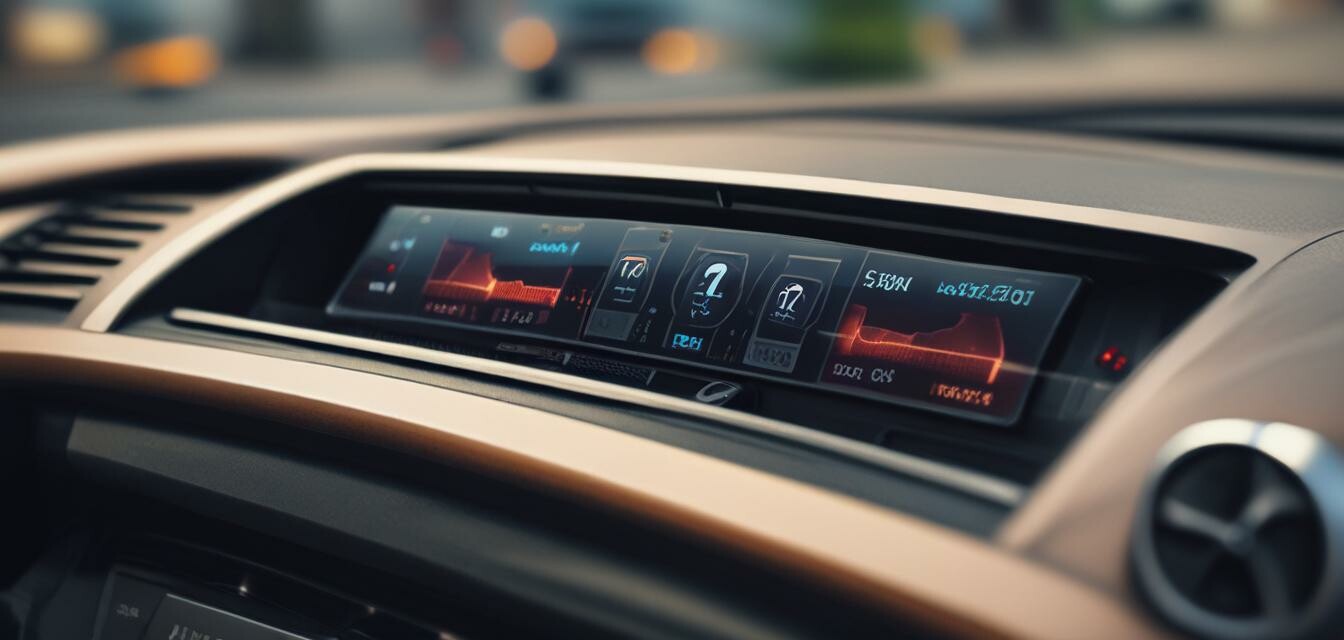
Troubleshooting Common Radar Detector Issues
- Identify common issues such as false alerts and poor sensitivity.
- Learn how to properly position and calibrate your radar detector.
- Understand the importance of software updates and maintenance.
- Utilize manufacturer support and community forums for assistance.
Using a radar detector can significantly enhance your driving experience, providing alerts about speed traps and radar guns. However, even the most advanced devices can face common issues that may affect their performance. In this guide, we will walk you through troubleshooting these problems, ensuring that your radar detector operates at its best.
Understanding common radar detector issues
Before diving into the troubleshooting steps, it's essential to understand the issues that can arise with radar detectors. Below are some of the common challenges users face:
- False alerts due to nearby devices.
- Poor sensitivity to police radars.
- GPS signal interference.
- Inconsistent performance based on location.
Troubleshooting steps
Here are some practical steps to troubleshoot and resolve common radar detector issues:
1. Check for false alerts
False alerts may occur due to nearby electronic devices or traffic signals. Here's how to address this:
| Situation | Solution |
|---|---|
| False alerts in urban areas | Adjust sensitivity settings or use the "City" mode if available. |
| Alerts triggered by automatic doors | Position the radar detector away from the source of interference. |
2. Improve sensitivity
Experiencing poor sensitivity? Follow these tips:
- Ensure your radar detector is mounted correctly. It should be at eye level and unobstructed.
- Regularly clean the lens to ensure there's no dirt obscuring its view.
- Update your device's firmware to ensure optimal performance.
3. Address GPS signal issues
If you're having trouble with the GPS functionality of your radar detector:
Tips for optimizing GPS performance
- Ensure the radar detector has a clear view of the sky.
- Stay updated with traffic databases to ensure the most accurate alerts.
- Consider using external GPS antennas if recommended by the manufacturer.
Maintaining your radar detector
Regular maintenance can prevent many common issues. Here are a few maintenance tips:
- Keep the device clean and free from dust.
- Periodically check for software updates on the manufacturer's website.
- Store the radar detector in a safe place to avoid physical damage.
When to seek help
If you’ve tried all troubleshooting steps but still face issues, consider these options:
- Contact the manufacturer’s support team for assistance.
- Post your issue on community forums for shared experiences and solutions.
- Explore the FAQ section on the manufacturer's website for additional help.
Conclusion
Troubleshooting common radar detector issues doesn’t have to be a daunting task. By following the steps outlined in this guide, you can maximize your device's performance. Always remember to keep your device maintained and seek community help when needed. With proper care, your radar detector will continue to support you on the road.
Pros
- Improved awareness of speed traps.
- Modern radar detectors help in reducing false alerts.
- Effective range and accuracy.
Cons
- Possible false alerts in urban settings.
- Regular maintenance is required.
- Some models can be expensive.
